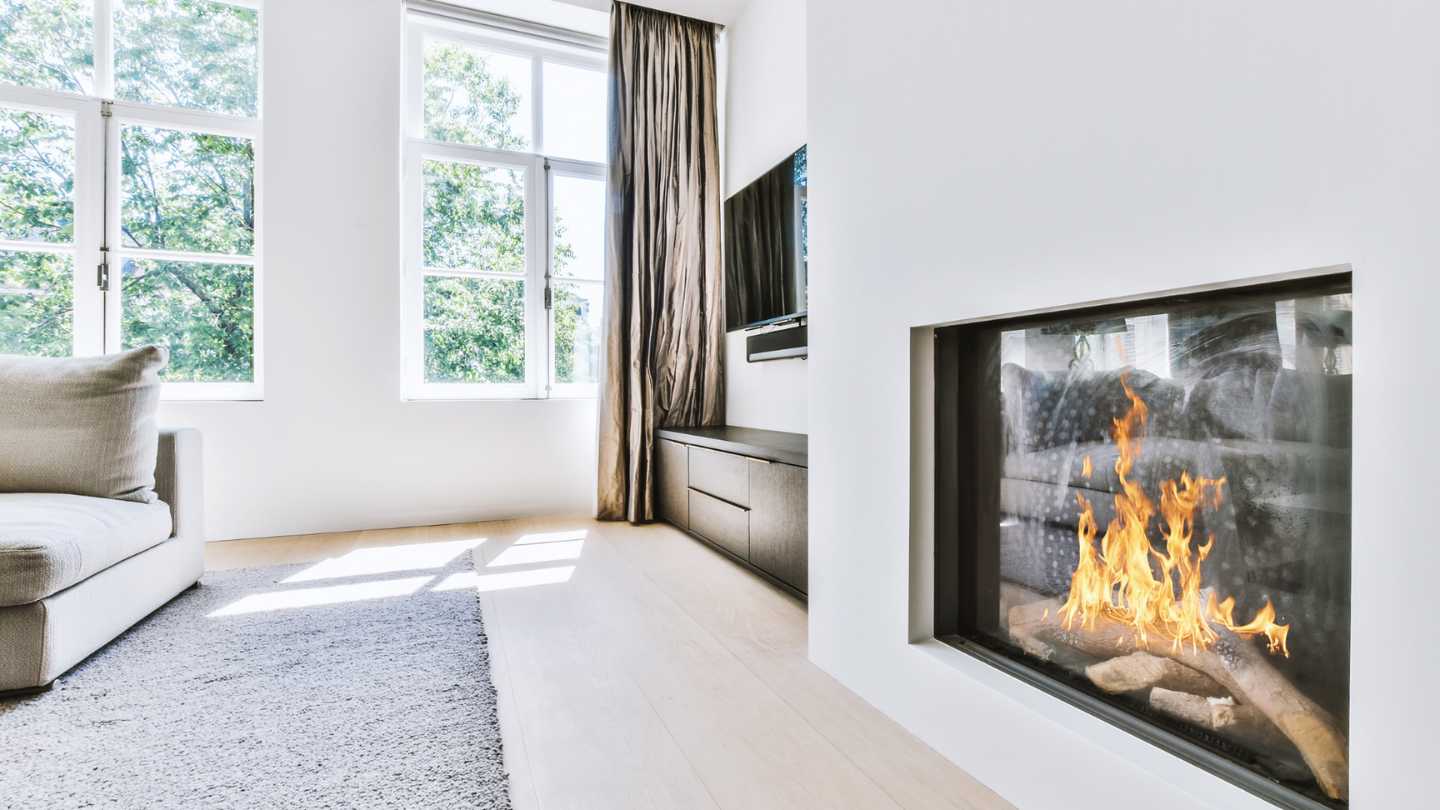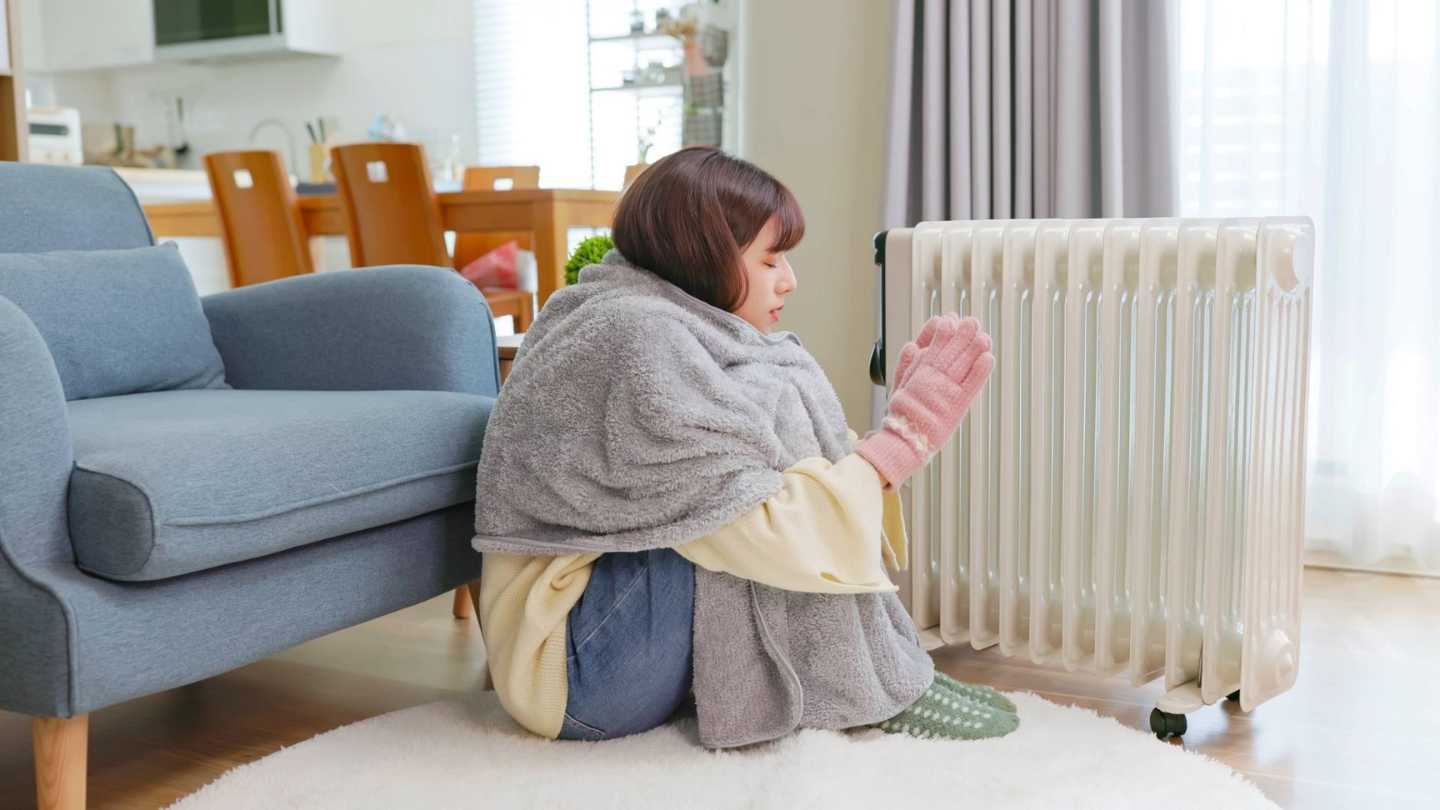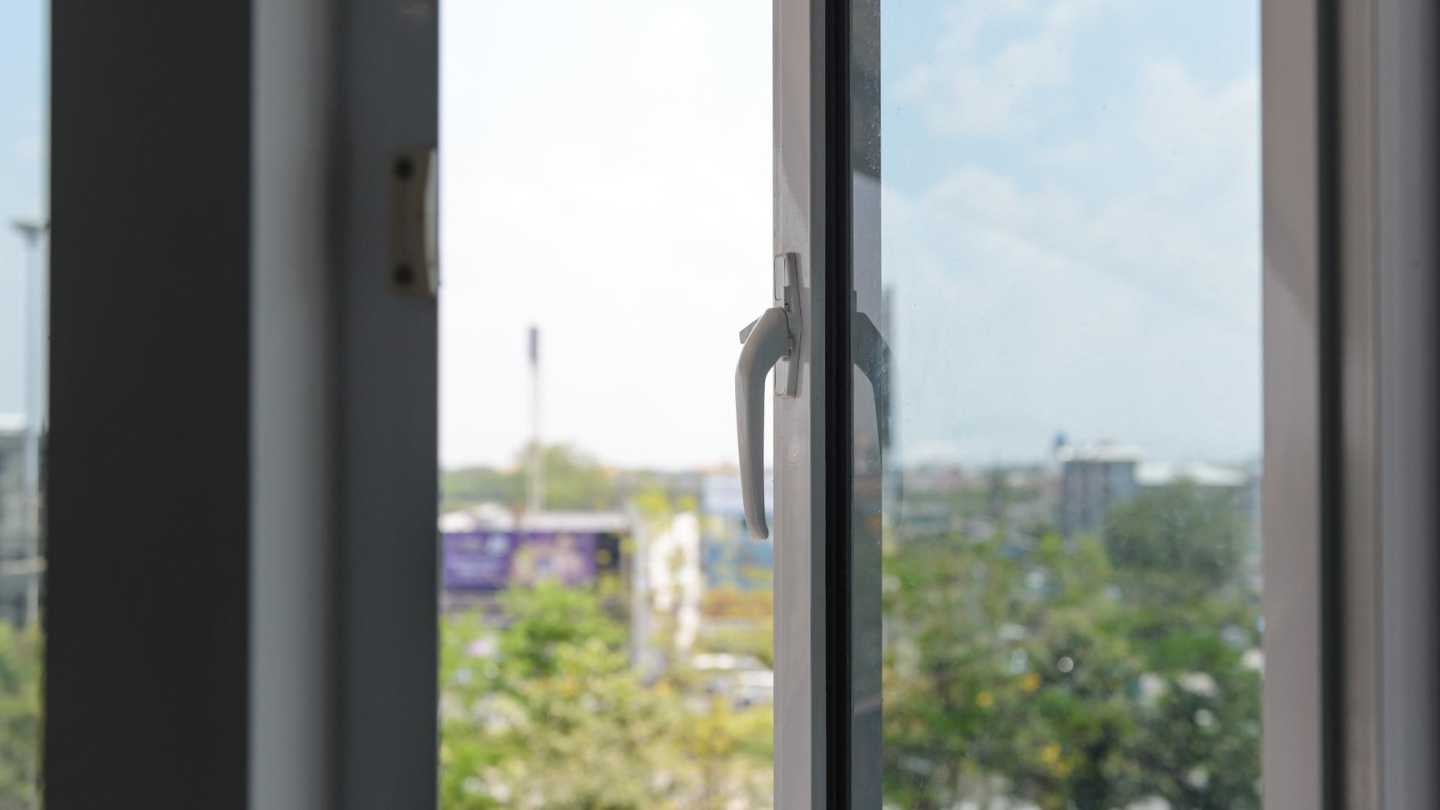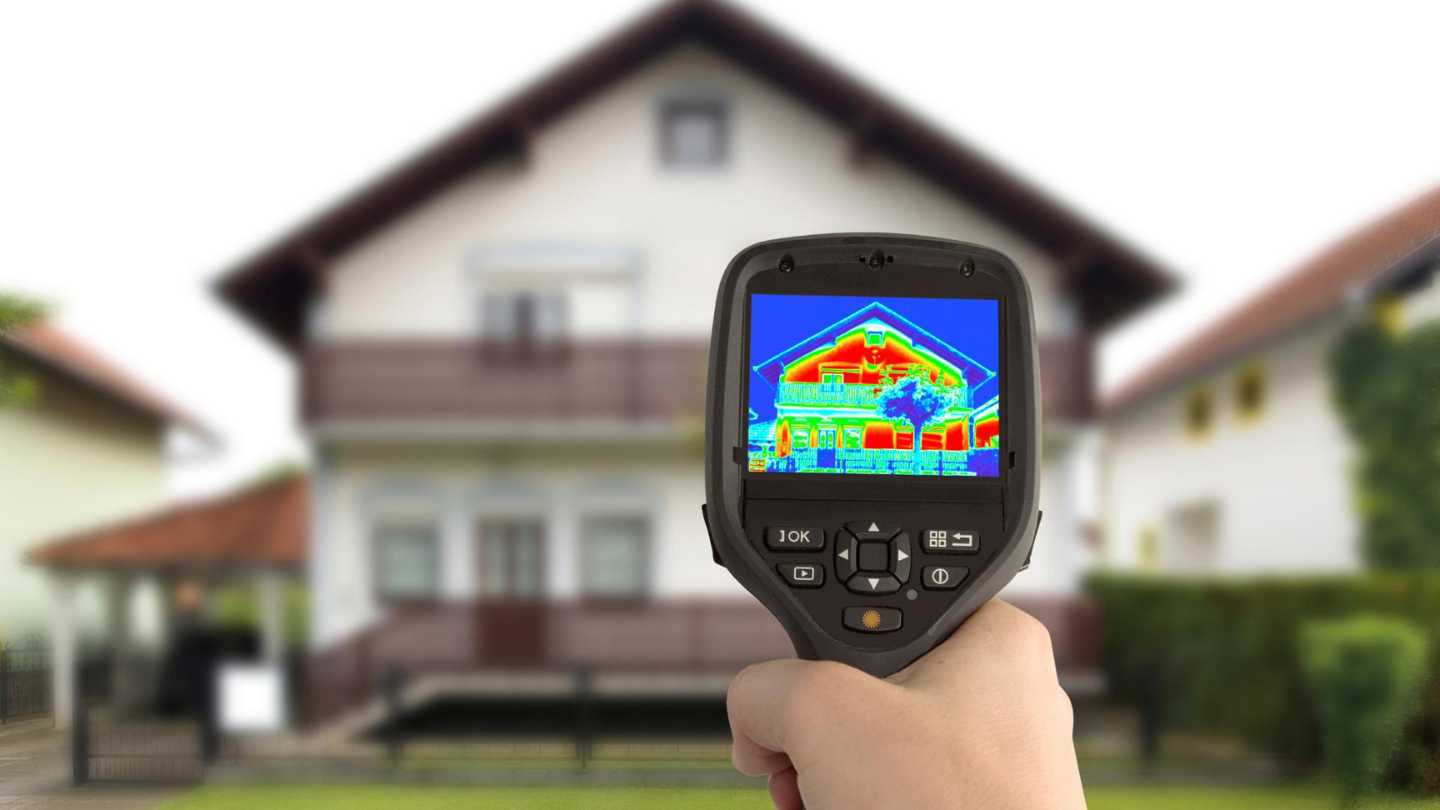When investing in high-quality windows and doors for your home or commercial space, insulation and energy efficiency are key considerations. Aluminium frames are popular due to their durability, aesthetics, and low maintenance. However, aluminium is a highly conductive material, meaning it can transfer energy easily. This is where the concept of thermal break (thermally insulated aluminium) and non-insulated aluminium systems comes into play. But what exactly do these terms mean, and which option best suits your needs? Let’s break it down.
What is a Thermal Break?
A thermal break refers to a barrier made from a low-conductivity material (such as polyamide or polyurethane) placed between the interior and exterior sections of an aluminium window or door frame (creating a thermal bridge). This barrier significantly reduces energy transfer, improving insulation and overall energy efficiency.
Key Benefits:
- Energy Efficiency: Reduces heat loss in winter and heat gain in summer, leading to lower energy bills.
- Condensation Reduction: Minimises indoor or outdoor condensation on window surfaces.
- Improved Comfort: Keeps indoor spaces at a more stable temperature.
- Enhanced Noise Reduction: Provides better sound insulation compared to non-thermally broken frames.
- Higher Quality Accessories: due to the thermally insulated requirement, the window or door offers better, more robust and higher quality seals and rubbers for advanced protection against air permeability and air loss.
- Insulation Values: When combining a thermally broken window with high-performing glass, lower U-values are achieved.
Aluminium makes up roughly 10-15% of the opening, so it is always important to ensure that the terminally insulated Aluminium frames are complemented by equally performing glass to ensure the benefit of the thermally insulated frames are maintained or achieved.

What is a Non-Insulated Aluminium System?
These “cold systems,” or non-insulated aluminium windows and doors featuring aluminium frames without thermal breaks, provide durability and visual appeal. However, they facilitate greater heat and cold transfer between inside and outside. Despite this, non-insulated Fenster systems offer superior sealing compared to typical South African market options.
Key Characteristics:
- Lower Cost: More cost-effective than thermally broken systems.
- Structural Strength: Retains the robust properties of aluminium. Thermally broken windows are often used for their strength and weight limitation capabilities in our climate rather than their insulation benefits.
- Suitable for Mild Climates: Ideal for regions where temperature fluctuations are minimal.
- High Conductivity: Allows heat and cold to pass through, making indoor climate control more challenging – in the South African climate, these are 99% of the time more than adequate for insulation due to our winter and summer temperatures not having extreme fluctuations.

Thermal vs. Non-Insulated Aluminium: A Comparison Table
Feature | Thermal Break Aluminium | Non-Insulated Aluminium |
Energy Efficiency | High – reduces heat transfer | Low – allows heat to pass through |
Condensation Control | Effective – prevents moisture buildup | Less effective – may cause condensation |
Comfort Level | Stable indoor temperatures | More temperature fluctuations |
Cost | Higher initial investment | Lower upfront cost |
Noise Reduction | Superior sound insulation | Standard soundproofing |
Ideal Climate | Extreme weather conditions | Mild or moderate climates |
Which One Should You Choose?
The decision between the two options depends on several factors:
- Location and Climate: If you live in an area with extreme temperature fluctuations, a thermally broken system will provide superior insulation and comfort.
- Energy Costs and Sustainability: If reducing energy bills and environmental impact is a priority, thermally broken systems are a better investment.
- Budget Constraints: Non-insulated broken systems are more cost-effective in the short term but may lead to higher heating and cooling expenses over time.
- Building Purpose: For residential or office spaces requiring high comfort and energy efficiency, thermally broken frames are ideal. In contrast, for industrial or storage facilities where insulation is not a primary concern, non-Insulated Aluminium systems may suffice.
- Areas like Cape Town and coastal regions may benefit a lot from thermally broken windows and doors due to the higher quality of seals and rubbers used.

Why Fenster’s Thermal Break Aluminium Systems?
Fenster’s high-performance thermally broken aluminium systems, paired with high-performing insulated double glazing, create the perfect insulation solution for homes and commercial spaces. Our designs are tailored to provide maximum energy efficiency, noise reduction, and comfort, ensuring that your space remains cool in summer and warm in winter.
If you’re looking for premium fenestration solutions that prioritise insulation and modern design, contact Fenster today to explore our range of thermally broken aluminium windows and doors.
Investing in the right window and door system can substantially improve your energy savings and overall comfort. Choose wisely to enhance your living or working space with efficiency, style, and durability.
Get in Touch with Fenster
Not sure which fenestration solution is right for your home or commercial project? Our experts at Fenster are here to help! Contact us today for professional advice on thermally broken aluminium systems, custom design options, and installation solutions that meet your specific needs. Let us help you create a more energy-efficient, stylish, and comfortable space with our high-quality aluminium doors and windows.

